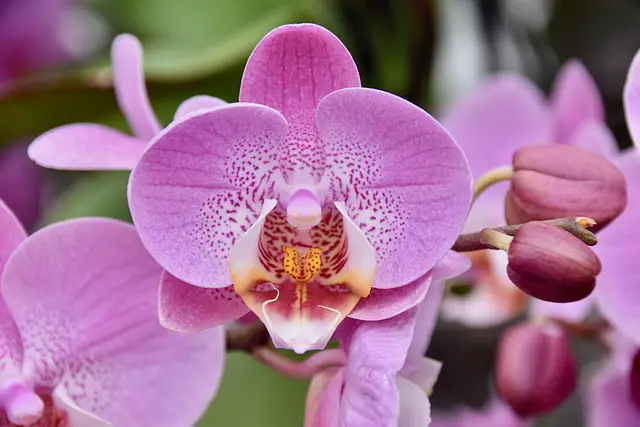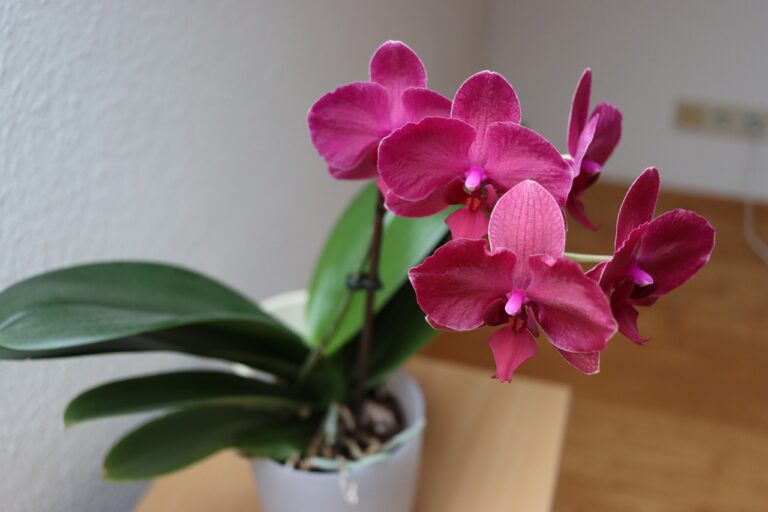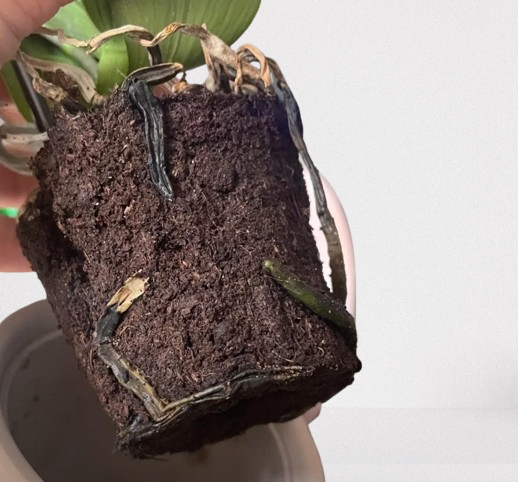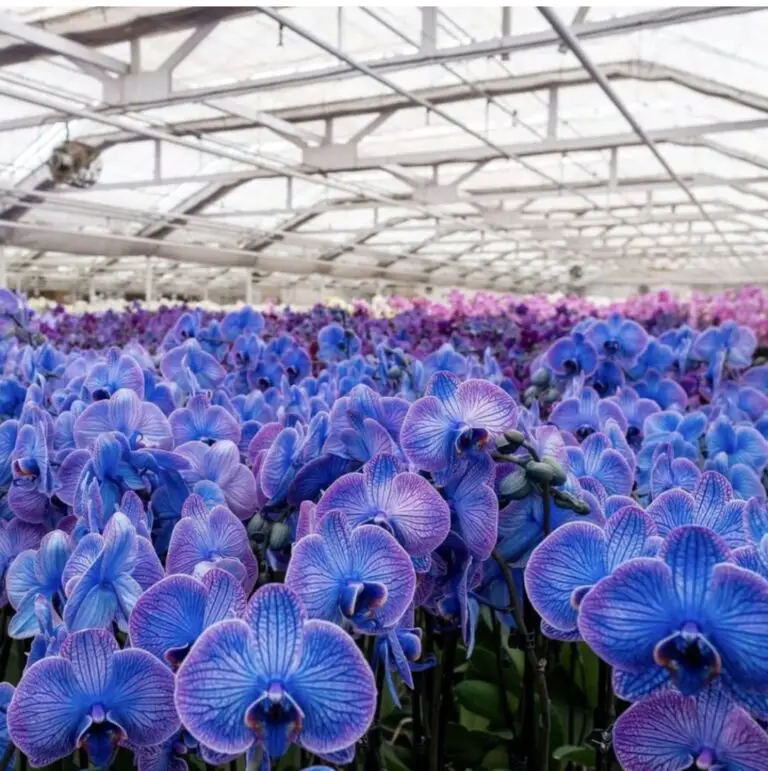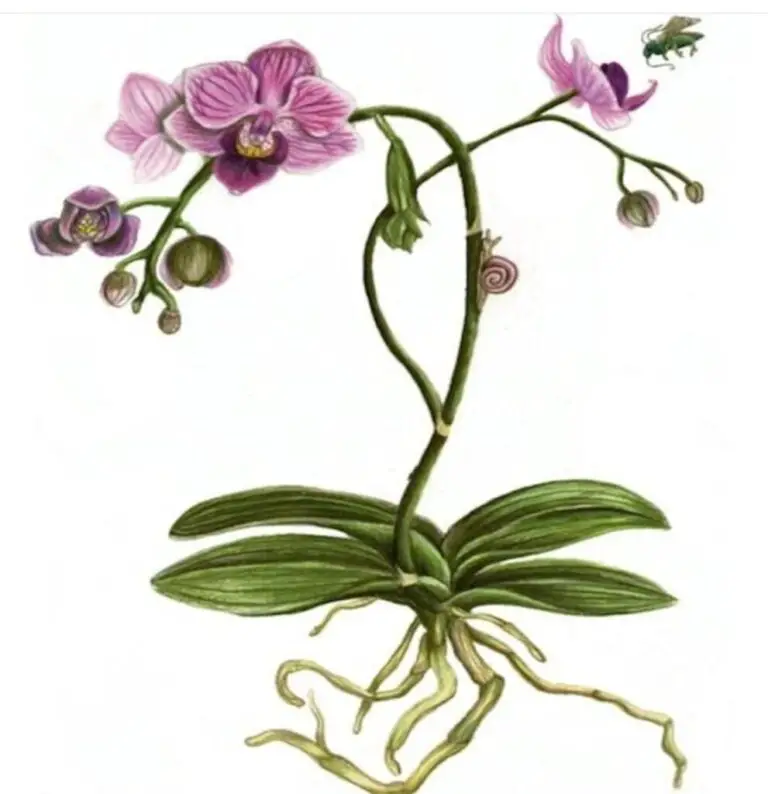Yellow Hibiscus is more than just a burst of sunshine in your garden—it’s a symbol of joy, good fortune, and delicate beauty. But as stunning as this tropical treasure can be, many gardeners unknowingly make simple yet costly mistakes that sabotage its vibrant blooms and lush growth. Whether you’re a seasoned plant lover or a curious beginner, there’s a good chance you’ve been guilty of a few common missteps without even realizing it.
From watering habits and sunlight exposure to pruning errors and pest control, every little detail matters when it comes to keeping your yellow hibiscus thriving. In this guide, we’re uncovering the 20 most frequent mistakes people make with yellow hibiscus—and how you can avoid them to grow a healthy, blooming showstopper that turns heads all year round. Let’s dig into the secrets that separate a struggling plant from a garden superstar.

Section 1: Location & Light Mistakes
1. Placing in Too Much Shade
Yellow hibiscus thrives in full sun. Keeping it in shady areas restricts its ability to photosynthesize properly, leading to fewer flowers and weak growth. For the best blooms, provide at least six hours of direct sunlight daily, ideally in a bright garden spot or near a sunny window.
2. Exposing to Harsh Afternoon Sun
While hibiscus loves sunlight, intense afternoon rays in hot climates can scorch its leaves, causing brown patches and stress. If you live in a warm region, provide some filtered shade during the hottest part of the day to protect your plant from heat damage and maintain healthy foliage.
3. Constantly Moving the Plant
Frequently relocating your hibiscus between indoor and outdoor spots or different light conditions stresses the plant. Growth may be stunted and buds may drop too soon as a result. Find a consistent, well-lit location and avoid unnecessary moves to allow your hibiscus to adapt and thrive.
Section 2: Watering & Soil Mistakes
4. Overwatering or Poor Drainage
One of the biggest hibiscus killers is overwatering or soil that doesn’t drain well. Constant soggy soil suffocates roots and leads to rot. Yellow hibiscus prefers moist but well-draining soil. Ensure pots have drainage holes and let the top inch of soil dry before watering again.
5. Underwatering Regularly
Neglecting watering causes hibiscus leaves to wilt, curl, and become brittle. It’s important to stay consistently moist, especially in warmer temperatures. However, the soil shouldn’t stay soggy. Water deeply enough to soak the root zone and maintain steady soil moisture without flooding the plant.
6. Using Heavy, Clayey Soil
The air spaces necessary for healthy roots are absent from heavy clay soils, which also store water excessively. This may result in poor growth or root rot. A well-draining soil mix with sand, perlite, or organic matter is best. Avoid planting in compacted or heavy soils to ensure proper root oxygenation.
7. Ignoring Mulching Needs
When mulch is skipped, the soil dries out rapidly, requiring more regular watering and putting stress on the roots.Applying organic mulch retains moisture, keeps soil temperature stable, and suppresses weeds. Mulching also improves soil structure as it decomposes, providing ongoing benefits to your yellow hibiscus.
Section 3: Feeding & Fertilizer Mistakes
8. Skipping Fertilizer During Growing Season
Hibiscus is a heavy feeder and requires regular fertilization to bloom profusely. Failing to feed during spring and summer results in fewer flowers and weak growth. Use a balanced fertilizer with extra potassium to promote blooms and keep leaves lush and green.
9. Overfertilizing
Applying too much fertilizer causes salt buildup in the soil, burning roots and causing leaf yellowing or drop. It weakens the plant’s defenses against pests and diseases. Follow recommended feeding schedules and quantities to avoid nutrient overload and keep your hibiscus healthy.
10. Fertilizing in Winter
During winter dormancy, hibiscus growth slows dramatically and it needs less nutrients.The plant may become stressed and lose leaves if fertiliser is applied now.Stop fertilizing in late fall and resume only when new growth appears in spring for best results.
Section 4: Pruning & Growth Mistakes
11. Neglecting Pruning
Without pruning, yellow hibiscus can become leggy, sparse, and unattractive. Pruning promotes more flowering branches and new development. Regularly trim back old or weak stems in early spring to maintain a compact, healthy shape and prolong the blooming season.
12. Pruning at the Wrong Time
Blooms may be diminished by pruning at the end of the growing season or during active flowering. Pruning hibiscus is best done in the early spring, before new growth begins. During the growing season, pruning at this time promotes robust development and an abundance of flowers.
13. Not Deadheading
Allowing spent flowers to remain causes the plant to focus energy on seed production instead of new blooms. Regular deadheading (removing wilted flowers) redirects the plant’s energy into making more flowers, keeping your yellow hibiscus blooming longer and looking fresh.
Section 5: Pest & Disease Mistakes
14. Ignoring Early Signs of Pests
Many hibiscus pests, like aphids and spider mites, are easy to control if spotted early. Ignoring early warning signs leads to infestations that damage leaves and stunt growth. Regularly inspect your plant’s undersides and new shoots to catch pests before they multiply.
15. Using Harsh Chemicals
Spraying strong pesticides can kill beneficial insects and upset your garden’s natural balance. Harsh chemicals also risk harming the hibiscus itself. Use organic treatments like neem oil or insecticidal soap for safe, effective pest control without damaging your plant or environment.
16. Poor Air Circulation Around the Plant
Crowded planting or dense foliage traps moisture and creates conditions favorable to fungal diseases. Ensure good airflow by spacing plants well, pruning to open the canopy, and avoiding overly humid, stagnant environments. Healthy airflow keeps your hibiscus disease-free and vigorous.
Section 6: Environmental & Container Mistakes
17. Using Pots Without Drainage
Containers lacking drainage holes hold excess water, causing root rot and stress. Always select pots that have adequate drainage, or make your own holes.Good drainage is crucial to prevent waterlogging and maintain healthy roots, especially for potted hibiscus.
18. Failing to Repot When Rootbound
When hibiscus outgrows its pot, roots become crowded, limiting nutrient uptake and growth. Repot your plant every 1–2 years into a slightly larger container with fresh soil to encourage healthy roots and better flowering performance.
19. Exposing to Cold Temperatures
Yellow hibiscus is sensitive to cold and frost. Exposure to temperatures below 50°F can cause leaf drop, slowed growth, or even plant death. If you live in colder regions, bring your plant indoors during winter or provide frost protection to keep it healthy.
Section 7: General Care Mistakes
20. Lack of Consistent Care Routine
Inconsistent watering, feeding, and care stress the plant, making it more prone to pests, diseases, and poor blooms. Establish a weekly routine for watering, feeding, pruning, and checking pests to keep your yellow hibiscus thriving and flowering continuously.
Avoiding these 20 common mistakes will help your yellow hibiscus grow strong, healthy, and vibrant. With mindful care and a consistent routine, you’ll enjoy beautiful, long-lasting blooms that brighten your garden or indoor space. Start making small changes today for big results.
FAQS
What is a Yellow Hibiscus and why is it popular in gardens?
A Yellow Hibiscus is a vibrant flowering plant known for its large, sunny blooms and tropical appeal. Gardeners love the Yellow Hibiscus for its bold color and ability to attract pollinators like butterflies and hummingbirds. It’s especially admired in warm climates for adding a cheerful, exotic flair to landscapes.
Q2: How much sunlight does a Yellow Hibiscus need?
A Yellow hibiscus requires at least six hours of direct sunlight per day to flourish.Without enough sunlight, your Yellow Hibiscus may produce fewer flowers and grow leggy. To maintain healthy blooms, always position your Yellow Hibiscus where it receives plenty of natural light.
Q3: How often should I water my Yellow Hibiscus?
When the top inch of soil seems dry, water your Yellow hibiscus. The plant may become stressed by either overwatering or underwatering. A well-balanced watering routine keeps your yellow hibiscus growing steadily and blooming consistently. To avoid root rot, make sure the soil in which your yellow hibiscus grows drains properly.
Q4: Can I grow a Y Hibiscus indoors?
Yes, a Yellow Hibiscus can be grown indoors if it gets enough light. Place your Yellow Hibiscus near a south-facing window and rotate it regularly for even growth. Indoor-grown Yellow Hibiscus may not flower as profusely, but with proper care, it will still thrive beautifully.
Q5: Why are the leaves on my Yellow Hibiscus turning yellow?
Yellowing leaves on a Yellow Hibiscus could indicate overwatering, nutrient deficiency, or lack of sunlight. Evaluate your Yellow Hibiscus care routine and adjust water levels, check for pests, or fertilize as needed. Addressing these issues promptly will help restore your Yellow Hibiscus to good health.
Q6: What time of year is ideal for pruning a y hibiscus?
The best time to prune a Yellow Hibiscus is in early spring or after the last frost. Pruning helps shape your Yellow Hibiscus and encourages more blooms. Always use clean, sharp shears and avoid heavy cuts to keep your Yellow Hibiscus healthy and vibrant.
Q7: Does the Yellow Hibiscus have any symbolic meaning?
Indeed, the yellow hibiscus represents joy, brightness, and camaraderie. The y hibiscus is the official flower of Hawaii and is frequently connected to hospitality in Hawaiian culture. A y hibiscus can be a symbol of pleasant vibes and well wishes.
Q8: What pests commonly affect the Yellow Hibiscus?
Common pests that target the Yellow Hibiscus include aphids, spider mites, whiteflies, and mealybugs. These pests can weaken your Yellow Hibiscus by feeding on sap and damaging leaves. Regularly inspect your Yellow Hibiscus and use natural or chemical treatments to keep infestations under control.
Q9: How can I encourage more blooms on my Yellow Hibiscus?
To boost blooms on your Yellow Hibiscus, ensure it gets plenty of sun, regular watering, and monthly feeding with a balanced fertilizer. Pruning also stimulates flowering. A healthy, well-maintained Yellow Hibiscus will reward you with vibrant, long-lasting flowers throughout the growing season.
Q10: Can a Y Hibiscus survive winter outdoors?
A Y Hibiscus is sensitive to frost and typically cannot survive freezing temperatures. In colder climates, bring your Y Hibiscus indoors before the first frost or grow it in containers for easy relocation. Protecting your Y Hibiscus in winter ensures it blooms again in spring.
Q11: What type of soil is best for a Y Hibiscus?
The ideal soil for a Y Hibiscus is well-draining, rich, and slightly acidic. Poor drainage can cause root rot, damaging your Y Hibiscus. Mix organic matter like compost or peat moss to improve soil texture and fertility, ensuring your Y Hibiscus gets the nutrients it needs to flourish.
Q12: How do I fertilize a Y Hibiscus properly?
Feed your Y Hibiscus with a balanced or slightly high-potassium fertilizer every 2-4 weeks during the growing season. Avoid high-nitrogen formulas, as they encourage foliage instead of blooms. Over-fertilizing a Y Hibiscus can burn the roots, so follow label instructions and water thoroughly after application.
Q13: Can I grow a Y Hibiscus from cuttings?
Yes, stem cuttings can be used to grow a y hibiscus. After removing the lower leaves from a healthy branch, put the cut end into rooting hormone. Put it in water or damp soil until roots start to grow. By using this technique, you can produce a new Y Hibiscus that is identical to the parent plant.
Q14: How big can a Y Hibiscus grow?
Depending on the type and growth environment, a yellow hibiscus can reach heights of 6–10 feet and widths of 4–6 feet. Your Y Hibiscus will grow into a lush, bushy plant if you give it the right care. Frequent pruning keeps your yellow hibiscus looking tidy and colourful while also assisting with size management.
Q15: Is the Y .Hibiscus safe for pets?
The Y . Hibiscus is generally considered non-toxic to pets like cats and dogs, but ingestion may still cause mild stomach upset. To be safe, prevent pets from chewing on your Y . Hibiscus. Always consult your vet if you suspect your pet has eaten any part of the Y . Hibiscus.

